Is life possible on rogue planets and moons?
A look at how starless free-floating worlds might represent the most common habitable real estate of the Universe.
This article took weeks to research, consolidate thoughts from the scientists I spoke to, deconstruct, write and refine. Hope you enjoy reading it as much as I did working on it. Also credit to my Editor Rae for helping me simplify the piece.
Our search for planets around other stars in our galaxy has yielded us more than 4,500 worlds. Quite a few of these exoplanets seem to be Earth-like, where surface conditions could sustain liquid water and life as we know it.
But even as next generation telescopes aim to detect gases on such planets indicative of life, our search for such habitable worlds remains somewhat limited. Simply put: Earth-like planets are not the only places where life could form.
We know from our own solar system that icy moons orbiting giant planets far away from the Sun—such as Europa, Ganymede and Enceladus—can have underground, habitable oceans too. Their liquid water isn’t due to the Sun’s heat but rather warmed by friction between parts of their interiors being tugged by their planet’s gravity. If sunlight, a surface and an atmosphere aren’t necessary to make a world habitable, then why confine our search for life to Earth-like worlds that orbit stars?
Scientists think planets that don’t orbit any star, called free-floating planets or rogue planets, can harbor life too. These planets originally form around stars like any other but get kicked out of their system at some point due to gravitational effects of giant planets within.
Planets may have been ejected out of our solar system too over 4 billion years ago, and now orbit our galaxy as dark worlds. Without a star, how can these dark worlds conceivably host life as we know it? Our exploration of the solar system combined with two decades of exoplanet research tells us there are several possibilities.
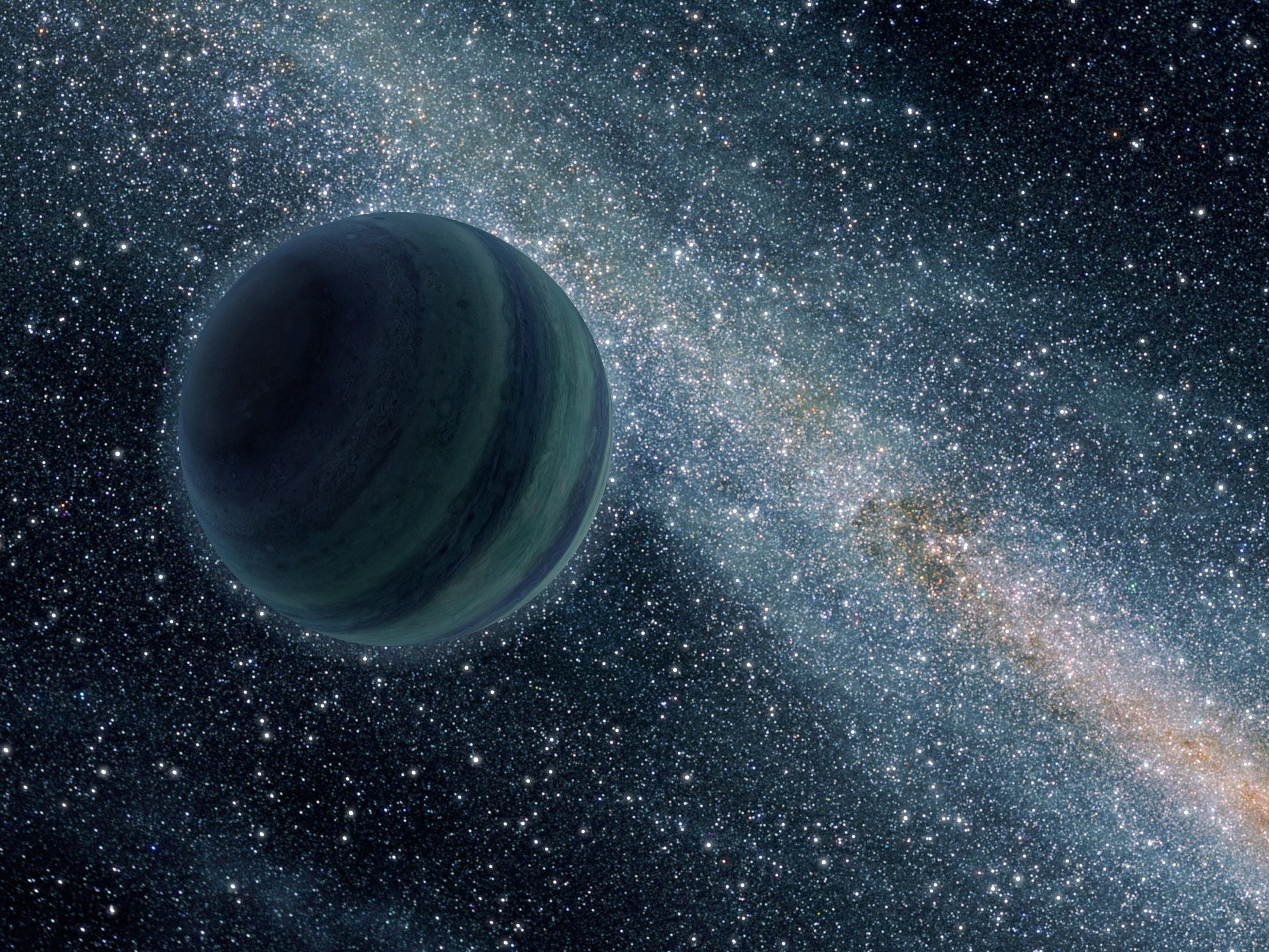
Oceans on worlds with no Suns but moons
Getting kicked out of a star system early on does have at least one advantage: strong ultraviolet light from young stars can’t strip away hydrogen atmospheres of these planets, which helps retain heat.
The seminal 1999 research paper Life-sustaining planets in interstellar space? suggests that a hydrogen-rich atmosphere can not only prevent free-floating planets from losing their internal radioactive heat to space but could also keep surface temperatures warm enough to sustain Earth-like oceans. Simulated hydrogen-rich environments in labs show that certain terrestrial microorganisms can thrive under such conditions. That said, life on free-floating worlds would still have to miraculously emerge using the planet’s miniscule internal energy, compared to over 99% of Earth’s energy coming from sunlight.
Hypothetically, if a free-floating planet has a large enough moon, it could further heat the planet using tidal mechanisms, similar to our Moon and Earth. When the Moon formed more than 4.4 billion years ago, it was about 15 times closer to us than it is today. It induced such a strong tidal heating that scientists think the Moon may have played a key role in making the early Earth habitable. Even if such heating lasts only a few hundred million years, it could provide a richer source of energy than the free-floating planet’s own heat to keep an ocean warm, initiate complex geology and possibly develop microbial life.
But how likely is it for free-floating planets to have moons in the first place?
“There’s nothing theoretically stopping us from having a Moon-sized satellite around a free-floating planet,” said Nick Oberg, a researcher at the Kapteyn Astronomical Institute and TU Delft studying formation of Jupiter’s moons. “Orbital simulations show that more than 47% of moons can remain bound to exiled gas giant planets.” Likewise, simulations with ejected Earth-mass planets show that more than 4% of them retain their Moon-sized satellite.
Habitable moons around starless worlds
In addition to exiled free-floating planets being able to retain their moons, it’s also possible for free-floating planets and their satellites to coalesce directly from clouds of gas and dust in interstellar space just like stars do. We have already discovered a free-floating planet candidate surrounded by a disk from which moons like those around Jupiter could form.
“Planets with multiple satellites, such as the Galilean moons of Jupiter, have even better chances of retaining those moons after being ejected,” said Patricio Javier Ávila, a Chilean researcher of free-floating planets at the University of Concepción. Just as tidal heating from Jupiter and Saturn creates underground oceans on some of their icy moons, such satellites around free-floating planets could have subsurface oceans too.
“If a free-floating planet retains multiple moons and their elliptical orbits, tidal heating could be sustained and with it the subsurface oceans,” Oberg said.
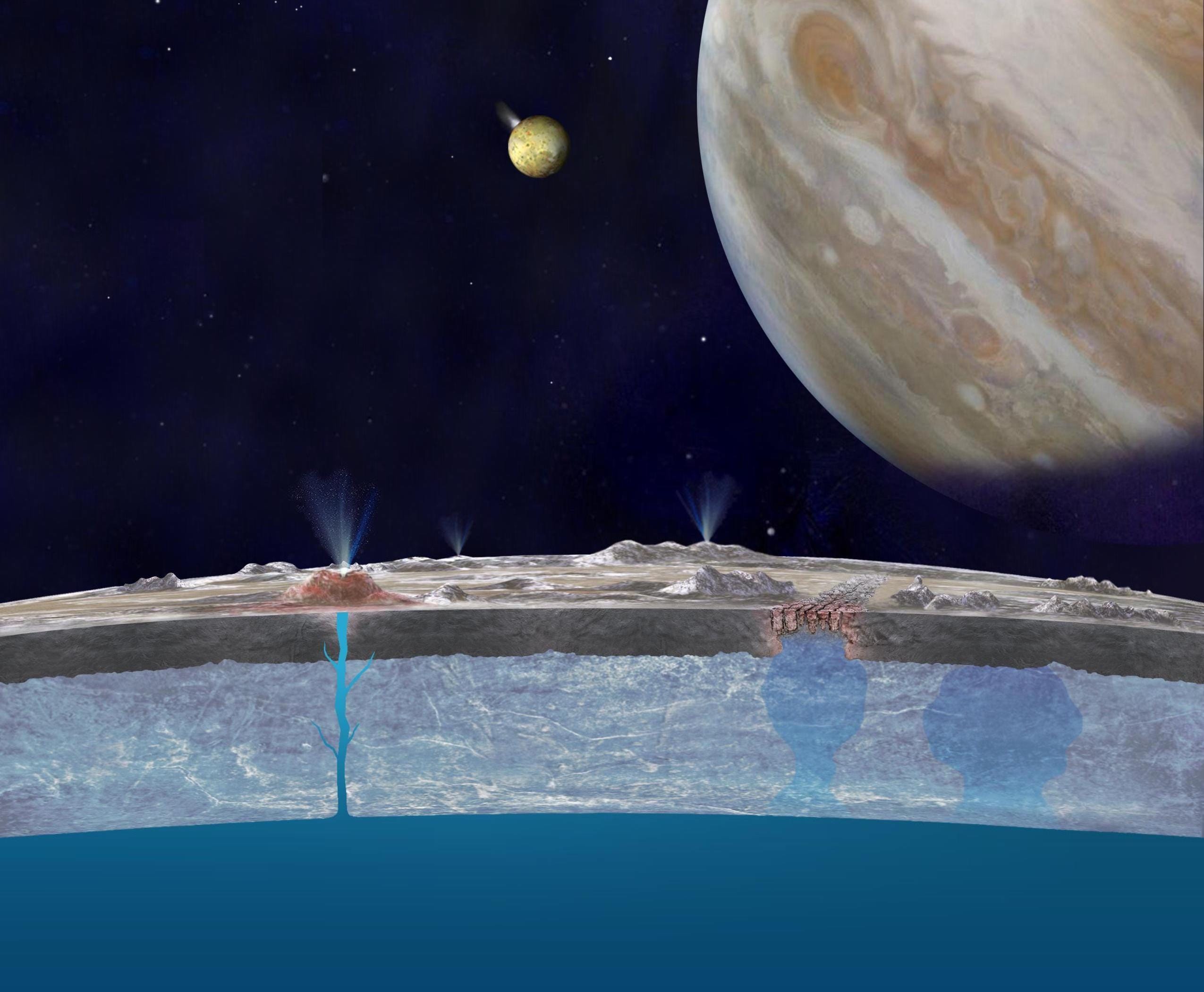
When NASA’s Cassini spacecraft flew through water plumes erupting from Saturn’s icy moon Enceladus—sourced from its underground ocean—it found a variety of organic molecules, which are building blocks of life. Cassini’s observations suggest that Enceladus’ ocean seems to have potentially habitable hydrothermal vents similar to those found in the deepest, darkest parts of Earth’s oceans. Not only do various microorganisms like methanogens thrive near such terrestrial vents, scientists think this is how life on Earth could’ve started in the first place.
Microorganisms can hypothetically survive on ocean floors of Enceladus-like icy moons around free-floating planets too, well protected from asteroid impacts and harmful radiation by thick icy crusts above.
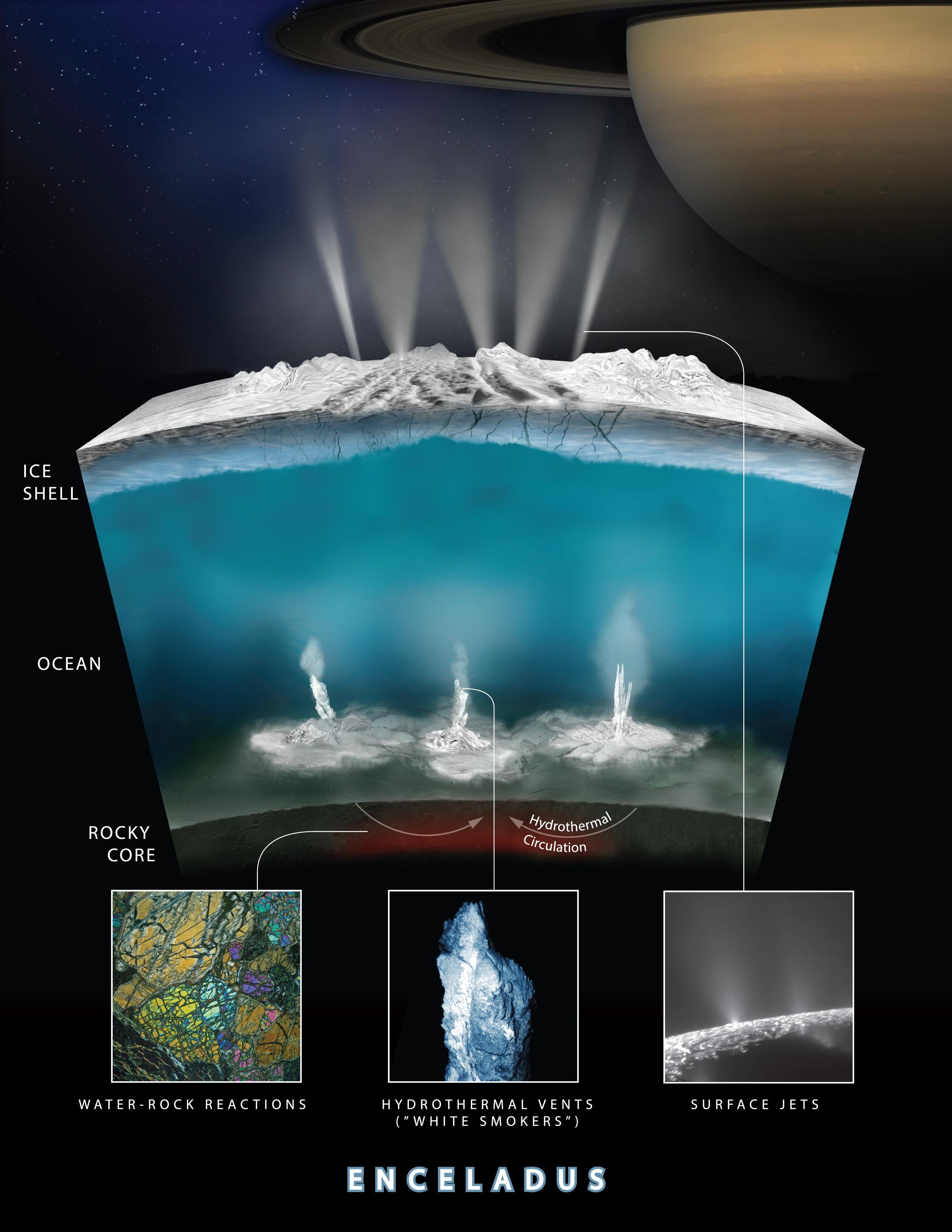
There’s another possibility, though. Just like Saturn’s moon Titan has a thick atmosphere, a sufficiently massive moon of a free-floating planet could have one too. Coupled with tidal heating, Earth-mass exomoons of these could have high enough temperatures to sustain oceans on their surface for hundreds of millions of years, and be favorable to microbial life.
Okay, but can we even detect starless worlds?
For all their potential to host life, it’s incredibly difficult to detect dark, free-floating worlds in our galaxy using traditional exoplanet-catching methods. It’s hard enough already to find miniscule planets even when they have stars!
Even though free-floating planets should be common, and at least one of them might be lying within (astronomically) merely 10 light years from us, we haven’t found any yet.
“It's challenging to verify these objects as true free-floating planets because their mass can be so difficult to accurately estimate,” said Oberg.
In 2013, scientists directly imaged a Jupiter-like free-floating planet candidate 80 light years away, but it’s hard to tell it apart from a class of objects called brown dwarfs. These are more massive than Jupiter but are called “failed stars” because they aren’t massive enough to fuse hydrogen in their cores.
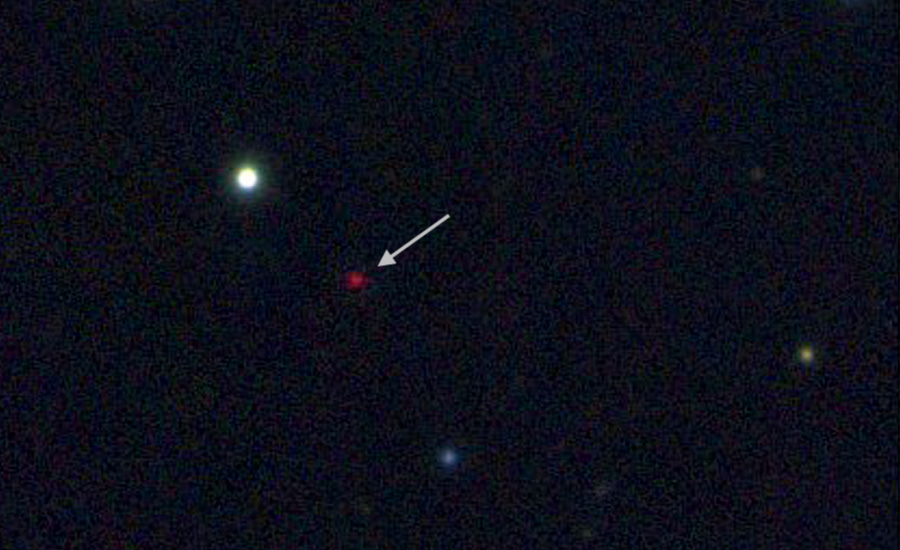
Fourteen more free-floating candidates have been detected using a technique called ‘gravitational microlensing’, wherein a planet’s gravitational field bends light from objects behind them and magnifies their view like a fish bowl. These are difficult to confirm too.
“Gravitational microlensing detections are one-time events, making them harder to follow up on,” Ávila said. “It’s also difficult to distinguish a light brown dwarf from a free-floating planet as the technique favors more massive objects.”
Nevertheless, brown dwarfs could host habitable moons in the same way free-floating planets do. Brown dwarfs have been observed too so there’s some hope.
Interestingly, moons of free-floating worlds may be relatively easier to detect than their parent objects. Even as we haven’t yet found an exomoon around a typical exoplanet with a host star, we might spot a free-floating object’s moon first because there would be no noise from a glaring star when the moon passes in front of the planet from our view.
Next generation space telescopes, such as NASA’s recently launched JWST and ESA’s upcoming PLATO telescope, could detect Moon- and Titan-sized satellites orbiting free-floating planets and brown dwarfs. Wide-field surveys by NASA’s upcoming Nancy Grace Roman Telescope should increase our chances even more, as should better gravitational microlensing surveys in the future. Detecting exomoons and the nature of their orbits will allow scientists to determine properties of their parent objects.
Even if we discover no or few exomoons around free-floating worlds, next generation telescopes will still advance our understanding of moons in general.
“JWST and future telescopes will vastly increase our understanding of moon-forming disks around regular exoplanets, which are not only easier to spot and study than exomoons but have already been detected,” said Jesper Tjoa, a researcher at the University of Heidelberg. An example of such a system is the moon-forming disk around the young Jupiter-like planet PDS 70c nearly 400 light years away.
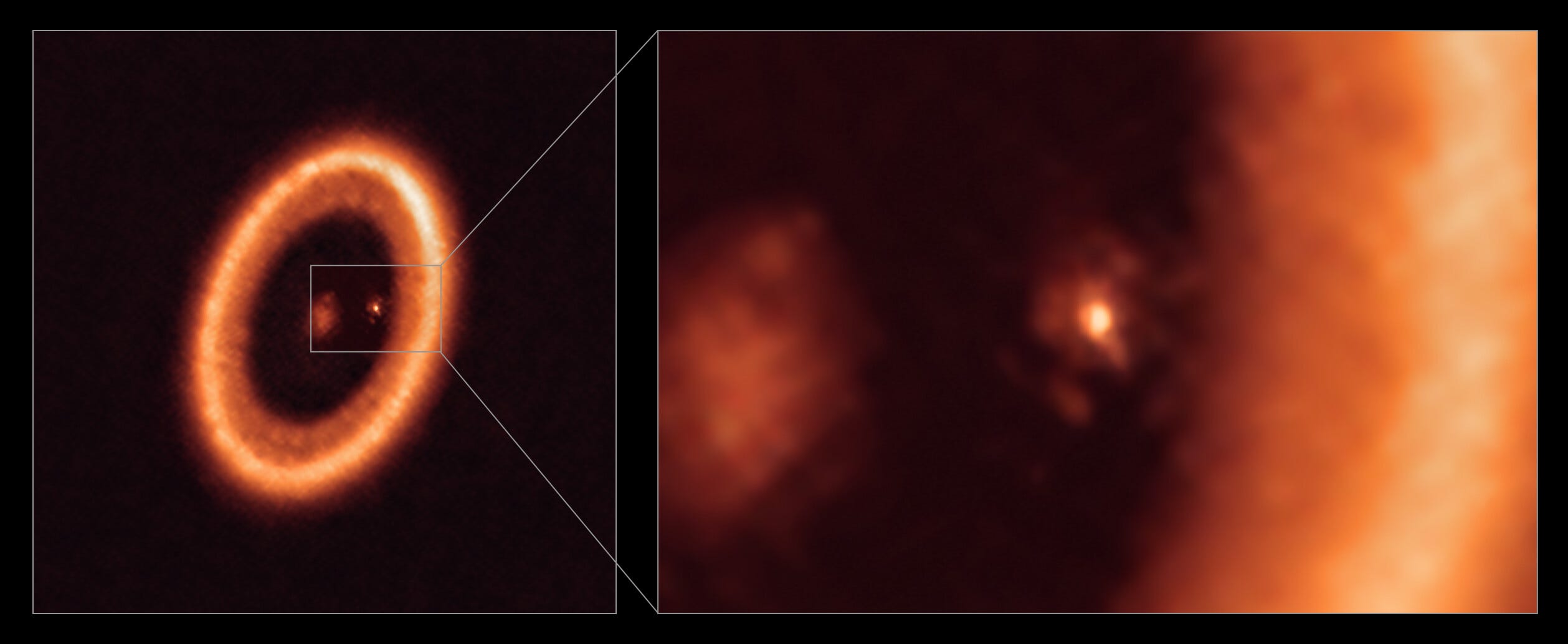
Finding exomoons across the galaxy and understanding how they form and evolve would provide us insights into how moons in our solar system formed, and how common habitable moons are.
The habitable worlds next door
The possibility that icy moons of free-floating planets or of exoplanets with host stars could harbor life is tantalizing, and ties back to our solar system. Even if we do find habitable exomoons with great difficulty, there’s no way for us to be sure if they host life. The only place for us to definitively confirm alien exomoon life is our solar system, wherein we can send spacecraft to measure things with precision and even fetch samples. In fact, studying icy moons of our solar system with spacecraft is what helps us model the possibilities of habitable exomoons.
This is precisely why some of the biggest planetary science missions launching this decade, like JUICE and Europa Clipper, are dedicated to finding if underground oceans of Jupiter’s icy moons are habitable. Future mission concepts such as the Enceladus Life Finder would look for direct signs of life in Enceladus’ water plumes. NASA is launching the Dragonfly mission later in the decade to explore Titan’s surface to understand possible starting ingredients for life on early Earth and elsewhere.
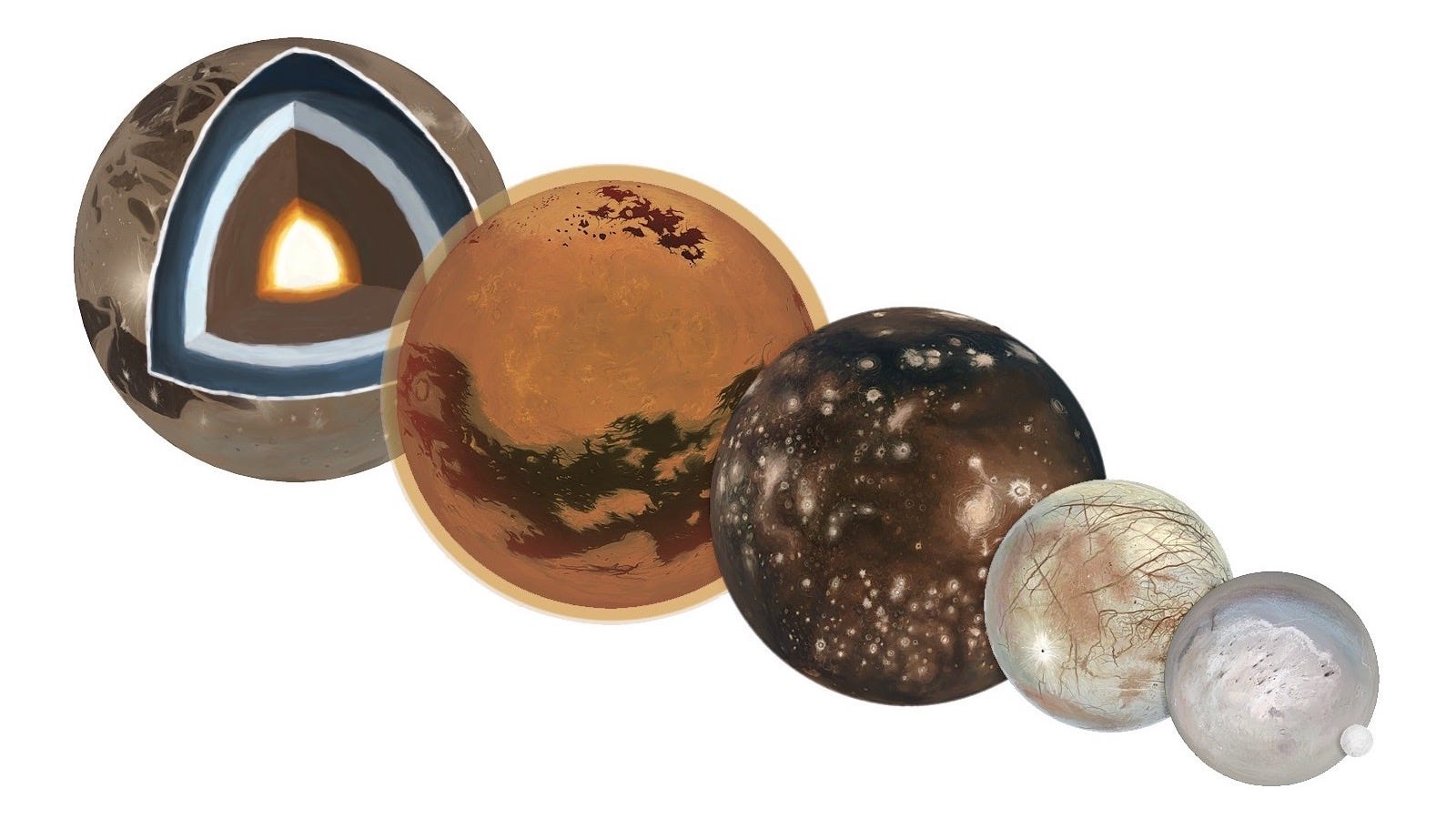
Moons outnumber planets in our solar system, and moons with liquid water oceans outnumber planets with oceans here too. If our solar system isn’t exceptional—and there’s no reason to think it is—then it’s highly likely that moons make up the most common real estate of the Universe. If life does exist on many of these worlds, they may represent the most common lifeforms, and we might just be the odd ones.
Originally published at The Planetary Society.
→ Browse the Blog | About | Donate ♡
